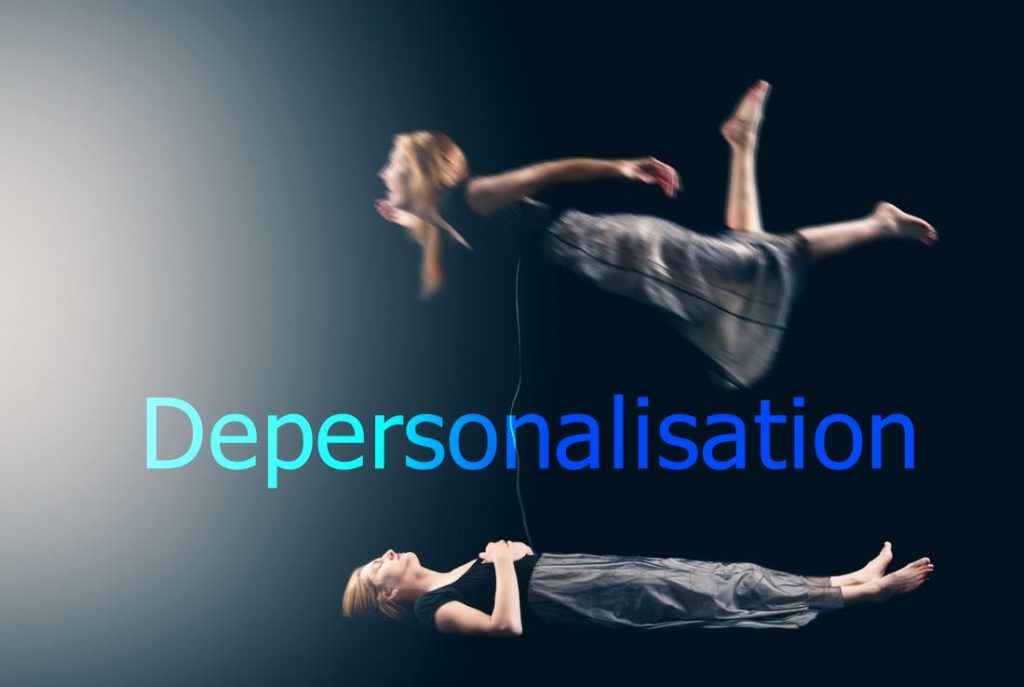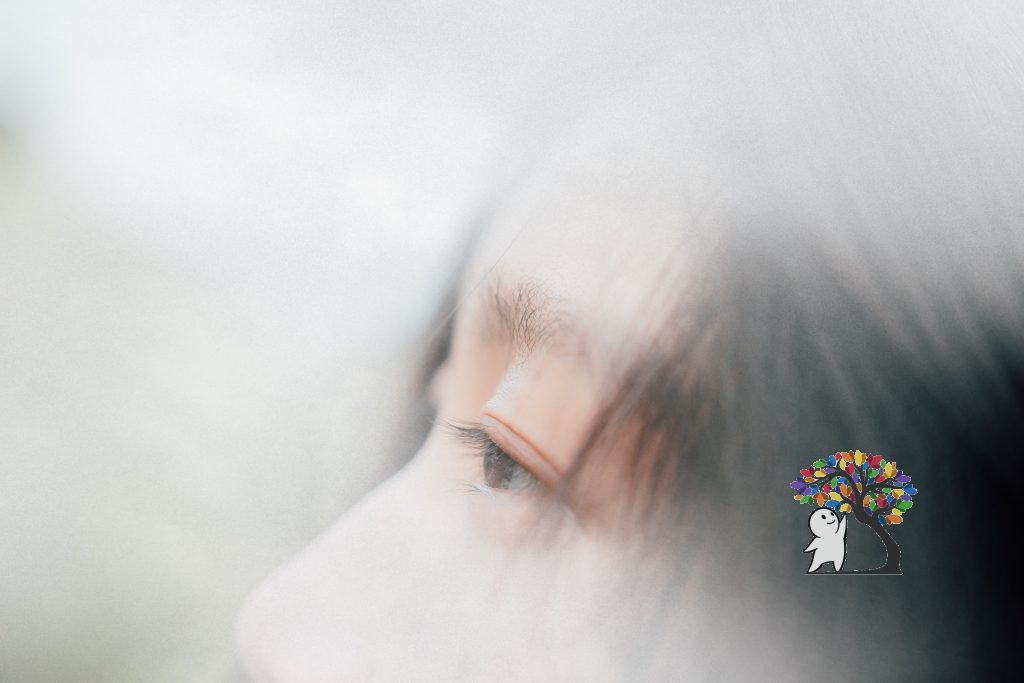10 Tips to Help you Deal with Depersonalisation

You know that feeling you get when you are tired or ill? The one where it feels as if you are looking at the world through a misted window, unable to focus on activities, feel present or “live in the moment”? Suffering from Depersonalisation Disorder (DPD), as 1 in 50 adults reportedly do, can involve spending a significant portion of your day feeling like this. The DSM-V defines DPD as a persistent sense of detachment from one’s own body/mental processes, and includes the following symptoms:
- Out of body experiences
- Sense of detachment from emotions
- Loss of feeling in parts of the body
- Distorted views of the body (which sometimes manifests as an inability to recognise a mirror image of yourself).
- Feeling that you are not real.
If you suffer from 3-4 of the above, you may suffer from DPD. Lack of awareness around this disorder often leads to symptoms being misdiagnosed as depression or anxiety, and failing even that, individuals may continue to suffer quietly.
There are however, steps that can be taken to help manage these episodes of dissociation, and I have compiled a list of 10 tips I have found to be most helpful for my own symptoms.
1. FIND SOMETHING TO GROUND YOU
This is one of the most important things you can do if you feel any kind of separation from reality. A good starting point is to use your senses. Find something in the room to look at, think about what you can smell, what you can feel etc. Of course everyone will be different, but personally, I find soft things help to keep me grounded- like a nice pair of pyjama bottoms and cosy slippers. Oftentimes the people you surround yourself with can be very grounding, which is great, but it is helpful to be able to do it on your own as well.




Responses